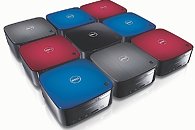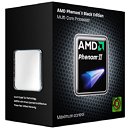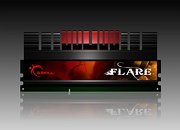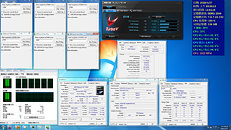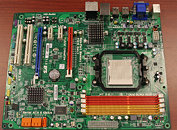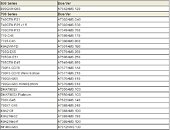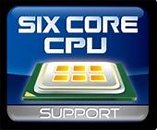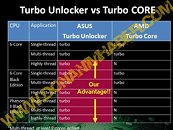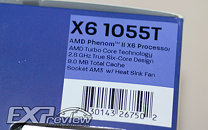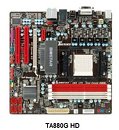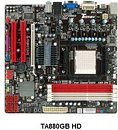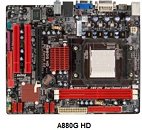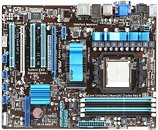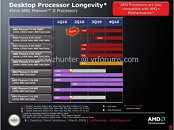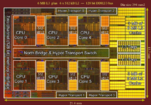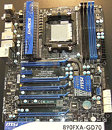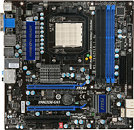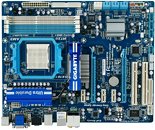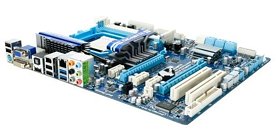
Dell Redefines Home Entertainment with New Inspiron Family
Delivering on its promise to offer the best in next-generation entertainment, Dell has added to its award-winning Inspiron family a new Inspiron all-in-one desktop and a new Inspiron Zino HD offering the best home-theater capabilities in its class. At the center of the new lineup is the Inspiron One, with features that set it apart from other all-in-one PCs including: a full HD 23-inch LED-backlit LCD; an optional quad-core processor that zips through web surfing, movie watching, family photo album creation, video chats and more. It has a host of audio/visual inputs that instantly transform the PC into a TV, perfect for student dorm rooms and family settings. And it also offers a new Dell-designed intuitive user interface called Stage, which delivers one-touch access to favorite content, like music, photos and videos, and applications.


